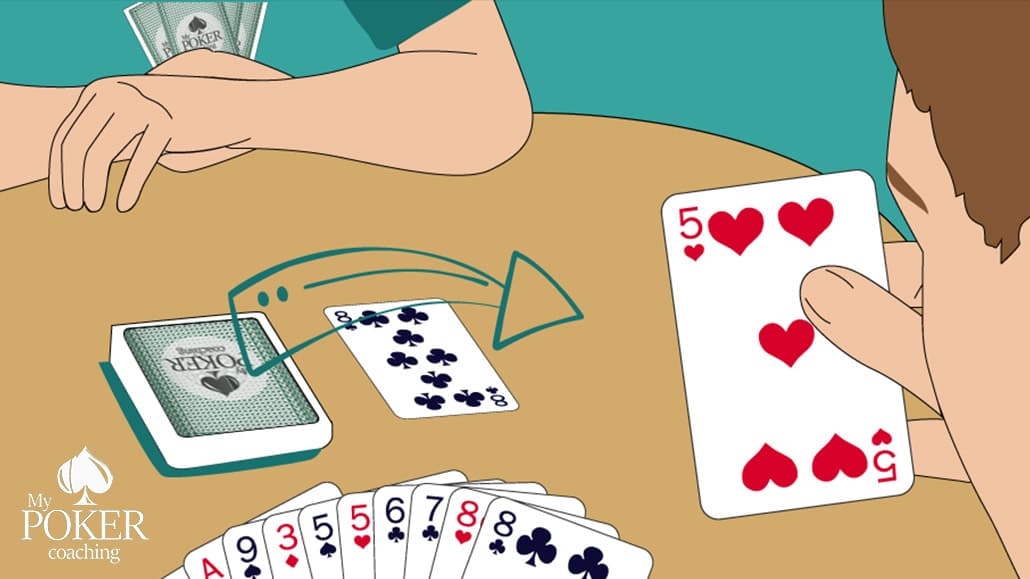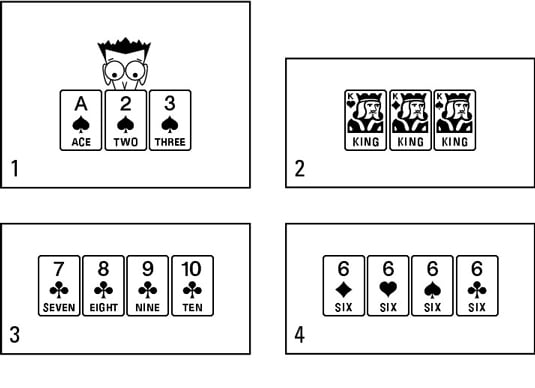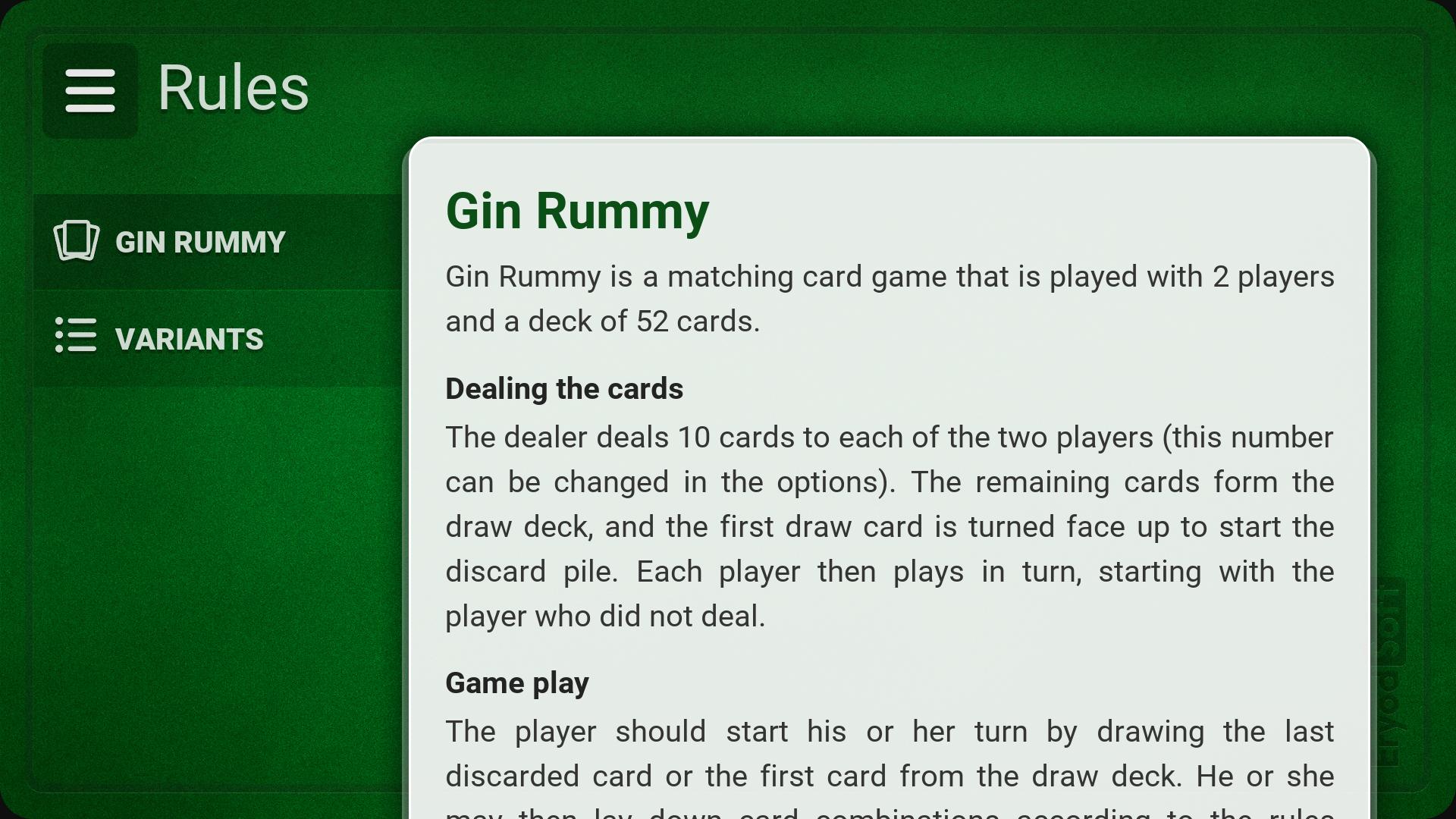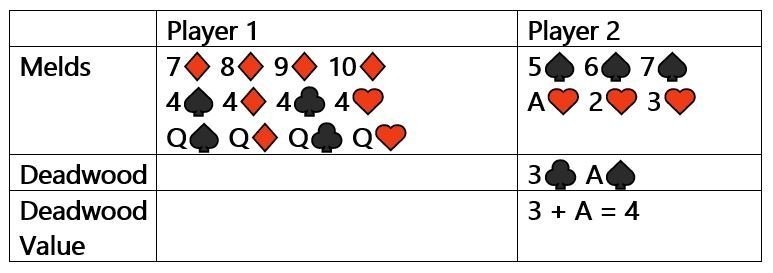Number Of Cards Dealt In Gin Rummy
- How Many Cards To Deal In Gin Rummy
- Number Of Cards Dealt In Gin Rummy 500
- Number Of Cards Dealt In Gin Rummy Online
The Pack Gin Rummy is played with a 52 card deck, the wild cards (jokers) are not used. It is best to use two decks, so that while one player deals the cards, the opponent can shuffle the other deck. Categories: Multiplayer Games. The Basics of Gin Rummy-Number of players: two or more;-Playing time: 5 minutes (per hand)-Cards: standard deck with no joker.-Ranking: King (high) down to Ace (low). Suits are equal. Court cards count 10 each, Aces count 1 and other cards their pip values.-Deal: highest cut has option on deal.
How to Play Gin Rummy: Feeling bored on a Sunday evening? Not feeling like going out? You can enjoy a game of Gin rummy with your family member or friends at home only. Get some snacks and music together and start out a fun evening. And if you have any doubts about this game then we will tell you that how to play gin rummy perfectly.
- Now we need 52C7, the number of combinations of 7 cards in 52 cards, which is 133,784,560. This gives us 6832 out of 133,784,560 different 7 card hands that gives us odds of 1194444:61 against, or a 0.005107% chance of such a 7 card flush on the deal (or 0.001277% if you want a specific suit, or odds of 4777959:61 against).
- OBJECTIVE: The objective in gin rummy is to score points and reach an agreed number of points or more. NUMBER OF PLAYERS: 2 players (variations can allow for more players) NUMBER OF CARDS: 52 deck cards RANK OF CARDS: K-Q-J-10-9-8-7-6-5-4-3-2-A (ace low).
- Recently I picked up the game of Gin Rummy, which is a card game for two players using a standard deck of 52 cards (GinRummy). Players always have hands of 10 cards, and the strongest kind of hand in the game is called a Gin, where all cards can be used to create melds.
Gin Rummy was originally created as a substitute to the original rummy as it is a faster process. You can see a lot of rules and process similar to the original rummy game. However, you would find the version of gin rummy even more interesting and engaging.
Gin Rummy is generally played by two players but you can get to know about its variations and rules once you know that how to play gin rummy. You can easily change some of the rule through house rules and regulations and it will make the game even more interesting.
Recently I shared How to Play Rummy Card Game – Complete Guide for Beginners.
Here is a complete process and some of the terminologies through which you can understand that how you can end up playing this game perfectly and easily.
Deal


This can be called one of the basic of the game of gin rummy. If you want to know that how to play gin rummy then you must know that how to start this game.
- The dealer is chosen by the common and easy process. Cards are dealt to each player and the one who gets the lowest card gets to deal.
- For the next deal, the loser of the previous hand would be the dealer and the process goes on.
- No matter how many number of players are playing, each player would be dealt 10 cards and that too in a pattern of one at a time.
- Suppose, there are two players then the 21st card would be kept on the remaining pile by facing up. This card is used as the beginning of the discarded pile.
Object of the Game
You can never learn how to play gin rummy if you do not even know its object. You must have acknowledgement that what you need to do in the game and how can you win it. You can learn this process through these steps-
- You must keep in mind that whatever cards are there in your hand, you must combine them in such a way that it makes sets and runs out of them. The point value of the last card remaining should be as low as possible.
- A run or sequence is termed as the set of three or more than three cards of the same suit which must be arranged in the consecutive order. For example – 4, 5, 6 of spade.
- A set or group is known as three or four cards of the same rank. For example 7 of spade, diamond, hearts.
- You cannot use the same cards for more than one run or set. Only a single sequence or single set can be formed by a single card. For example – if you have 7 of spade, hearts and diamond and 8, 9 of hearts then you can use the 7 of hearts either for 7, 7, 7 or for 7, 8, 9 of hearts.
How to Play Gin Rummy
This is the most important section to learn how to play gin rummy. Here are some steps given through which you can understand that how to play this game.

- There are basically two things that need to be done on a single turn by each player.
- First part is to draw. You must have to begin the game by taking out one card from either the stock pile or the discarded pile. It does sound like the simple rummy but it has some different rules too.
- Second part is to discard. To complete one turn you would have to discard a single card from your hand and place it on the top of the discarded pile. If you took the card from the discarded pile then you cannot discard the same.
Rules
The rules of gin rummy can be understood by some terminologies. These terms are important to understand how to play gin rummy.
- Knocking- You can end the game at any point if you think you have made enough sets or sequence from your cards. Make sure that the cards which are not used in making any set, their value must not exceed 10 points. You can end the game by discarding a card on the discarded pile facing down. This is called knocking.
- Gin- After knocking, if you have no unmatched card in your hands other than the set or sequence then this process is called going gin. It earns a special bonus for you.
Scoring
There is a certain way according to which the scoring is done. This is-
- Just like the simple rummy, each player count the value of the unmatched cards. If the value of knocker’s card is lower then, the difference of the value of two players is his score.
- The player who goes gin, earns extra 20 points as bonus.
- If the knocker does not go gin and the counts are equal or knocker’s count is greater then, knocker’s opponent scores the difference between the two counts plus 10 point bonus plus the difference of the counts.
- The game keeps on going until the score reached a target of 100 points or points set by the players.
- After the final scores, whoever lose he gets to pay the winner an amount proportional to the difference between their scores.
Conclusion
I hope this information would prove to be beneficial for you if you want to know that how to play gin rummy. Especially, if you are just a beginner then you can learn the process easily by the step by step tutorials.
There are also some examples mentioned through which you can get to know the process even better. So, gather some of your friends and give it a try to these types of indoor card games. It would surely be a change for you to move over those video games.

Recently I picked up the game of Gin Rummy, which is a card game for two players using a standard deck of 52 cards (Gin_Rummy). Players always have hands of 10 cards, and the strongest kind of hand in the game is called a Gin, where all cards can be used to create melds. I was curious, what is the probability of a player being dealt Gin right away?
Gin has two kinds of melds: Sets of 3 or 4 cards sharing the same rank, e.g.8♥8♦8♠; and runs of 3 or more cards in sequence, of the same suit. e.g. 3♥4♥5♥ or more. In order to make Gin (melds with all 10 cards), it’s clear that you either need two runs of 5 cards, or a combination of melds of sizes 4-3-3. Here are some examples:
(5-5 split)
A♥ 2♥ 3♥ 4♥ 5♥ 9♠ 10♠ J♠ Q♠ K♠
(4-3-3 split)
4♥ 4♠ 4♦ 4♣ 6♥ 7♥ 8♥ 2♣ 2♥ 2♠
How Many Cards To Deal In Gin Rummy
In order to find the probability we simply need to count the number of possible Gin hands, and divide by the number of hands of size 10, given mathematically by 52 Choose 10. While it’s probably possible to count the Gin hands “by hand” with combinatorics, that task was too annoying for me to do at the time, and so I chose to devise an algorithm to count them instead.
When I started thinking about this problem, I found a web forum where one user had devised a brute force algorithm, iterating over all possible hands, to count the number of Gin hands, which took several hours to compute. Rather than iterate through every possible hand of 10 cards, my approach was to first compute all the possible melds that can be made, and then combine those melds (in the combinations 5-5 and 4-3-3), to see if they were valid hands. A combination of melds could be invalid if the melds have the same cards, for example, the following three melds all contain a 4:
Number Of Cards Dealt In Gin Rummy 500
4♥ 4♠ 4♦ 4♣ 3♥ 4♥ 5♥ 4♣ 5♣ 6♣
In the case above, the hand is not a valid hand of 10 cards, so this combination of melds is not counted as a Gin hand.
The algorithm also had to be careful not to count hands twice. This is possible because some hands of 10 cards can actually make Gin in multiple ways. For example, the following meld combinations are actually made from the same hand:
Number Of Cards Dealt In Gin Rummy Online
A♣2♣3♣4♣5♣ 6♣7♣8♣9♣10♣
A♣2♣3♣4♣ 5♣6♣7♣ 8♣9♣10♣
A♣2♣3♣ 4♣5♣6♣7♣ 8♣9♣10♣
A♣2♣3♣ 4♣5♣6♣ 7♣8♣9♣10♣
For this reason, when building hands from melds, the algorithm needs to check if the resulting hand has been made before. I achieve this in my algorithm by inserting Gin hands into a hash table the first time they are made, and check this table for every meld combination, so that hands are not double counted.
I wrote the algorithm in C++, and the resulting code runs in about 500 milliseconds on my machine. I have made the source code available.
The result is that there are 51200 possible hands that make Gin. This means the probability of being dealt Gin is 1 in 308,984